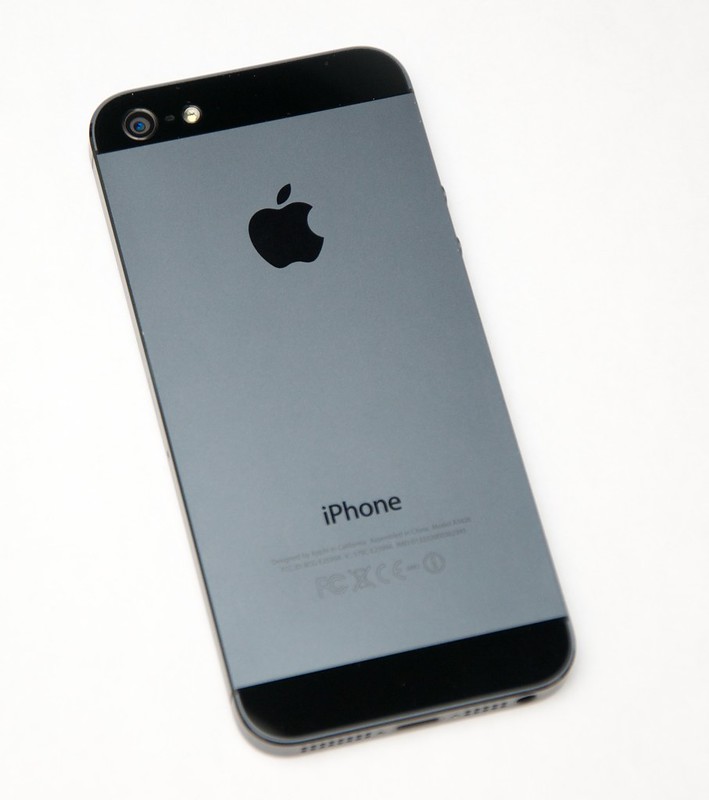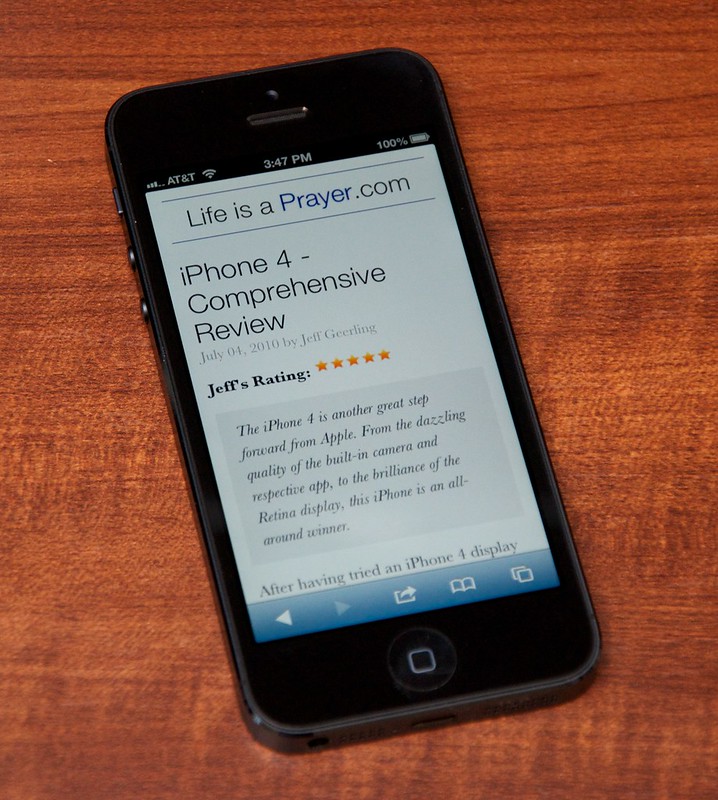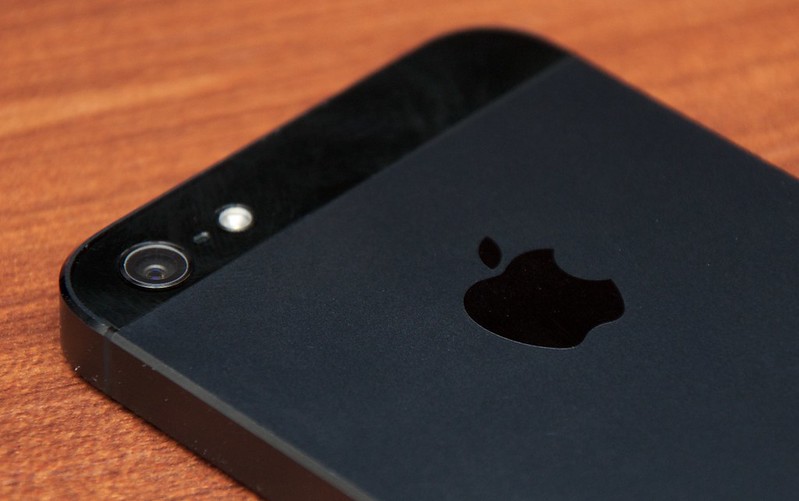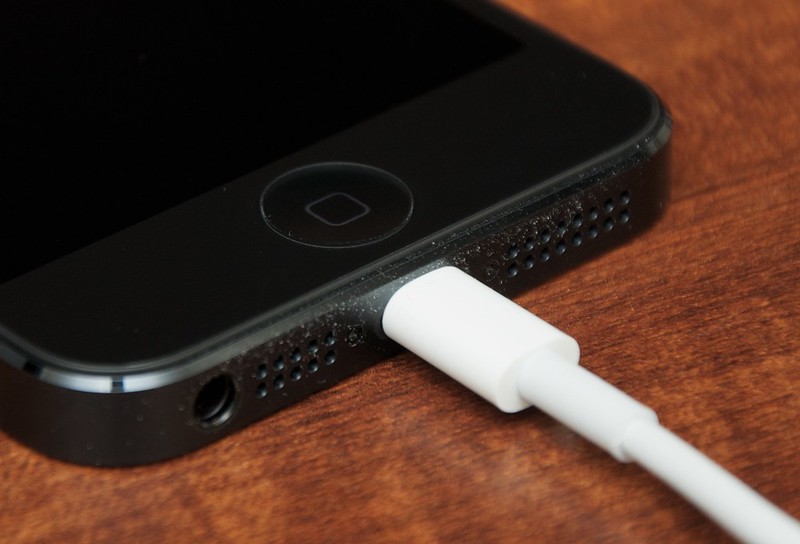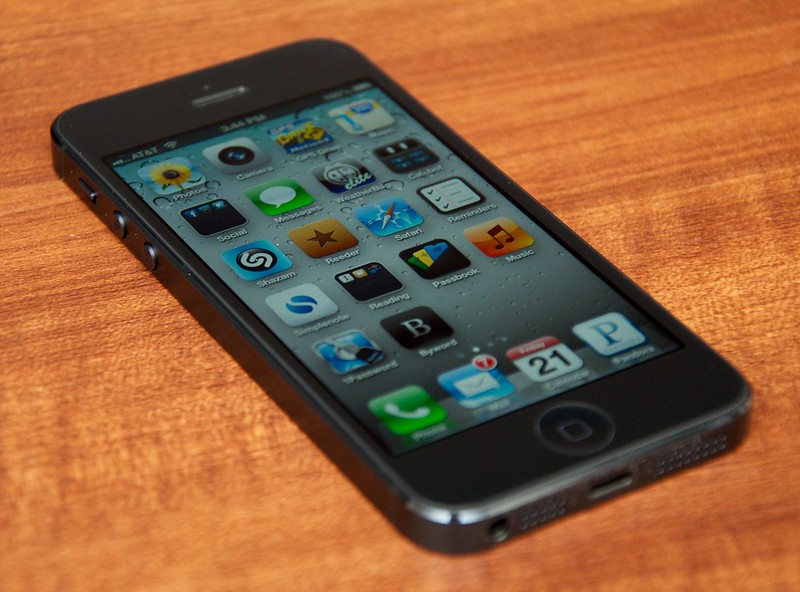tl;dr: Apple's steady, incremental improvements keep crushing any hope of a competing product with as much polish and panache.
The iPhone 5 is another hit in Apple's line of incrementally-improved iPhones. The iPhone 5 is noticably faster, lighter, and more seductive than the 4S that preceded it. It's aluminum (or 'aluminium' if you're from the UK) case is much more resilient and sleek than the 4/4S's glass back, and it looks much sleeker than the old plastic back on the iPhone 3G/3Gs.
Looks to Kill
The weight and thinness of the phone almost feels cheap—except it doesn't. It's odd. When holding the iPhone 5, it feels like Apple may have forgotten to put a battery and other innards in the phone. It is perceptibly lighter. But it's also rock-solid, and feels like you could throw it at a wall a few dozen times before breaking (it holds up better than a plastic Samsung phone!). The iPhone 4/4S does, as many others have said, feel like a brick after holding the iPhone 5 for a day or two.
The back of the case scratches, of course, more easily than the hardened glass of the iPhone 4/4S, so it'll probably end up looking like the original iPhone, with a 'weathered' look, after a year or so of heavy use. That's not an issue for me, because I loved the look of a thoroughly roughed-up original iPhone. I can only speak for the black iPhone 5, but it doesn't seem like my normal use will cause much in the way of dings and scratches. I don't use a case, but I keep the phone in a holster most of the time.
The white iPhone 5 looks more like a jewelry accessory than a phone, especially with it's shiny tapered edges and stark black/white contrast throughout. I don't like having such an ostentatious phone, so I bought the matte black model, which reminds me more of the modern-era batman. But to each his own!
Need for Speed
I was expecting a better camera, a new Lightning port on the bottom, and a lighter phone, but what I wasn't expecting was the extreme increase in speed with the iPhone 5 compared to any iPhone before.
The most noticeable area of improvement is in web access and Safari in particular. The 4G LTE connection (as tested on AT&T's network in St. Louis) is extremely fast (I got over 20 Mbps down and 6 Mbps up on average!), but the WiFi connection is much faster as well. Whereas my iPhone 4 and iPhone 4S often get a maximum of 10 Mbps down on my home WiFi, the iPhone 5 uses the full bandwidth of my high-speed cable connection and gets 25-35 Mbps down.
Mobile Safari is coming closer and closer to desktop-browser speeds, and this bodes well for more script-heavy pages and interactions in web apps. The A6 processor really shows its stripes when you're scrolling around in an app that has bits of lag here and there on an iPhone 4S, like Tweetbot. There's almost never a hesitation, even for a moment, on the iPhone 5.
Using the 5 initially reminds me of how I felt moving from the 3G to the 3Gs. The phone interface feels almost exactly as before (plus a few pixels on top and bottom), but the responsiveness feels much better.
Camera - Photo, Video, and Audio
One of the most common uses for my iPhone is as either a primary or secondary recording device. The iPhone 5 has a 1080p video camera on the back, and a 720p video camera on the front. It also has a mono audio input jack (if you know how to use it)—a feature for which you pay a premium if you're looking to buy a standalone video camera!
I recorded a video using a bunch of different external microphones with the iPhone 5, and I have that video and a listing of all the microphones and adapters I used here: iPhone 5 Review and External Microphone Comparison.
I'll also be posting a few test photos from the iPhone 5 to my Flickr stream (and here) as I get time, and will compare the iPhone 5's low-light/indoor performance to the iPhone 4S and my Nikon D7000.
Accessorize Me
The only downside to the new iPhone 5 (which will hopefully be short-lived) is the lack of accessories that I've grown used to, and the fact that I'm likely going to have to get a new dock, a new alarm/speaker dock for night, and a new set of dock audio adapters.
I have a heavy investment in 30-pin dock connector accessories, and many of them won't even work with Apple's new Lightning-to-30-pin adapter (which, sadly, isn't even shipping until October). Most things still work great with my iPad, but I am going to have to slowly drop all my old accessories and buy new ones. Some accessories, like the Fostex AR-4i, may not work at all... but that's some testing for another day.
I do like the redesigned Lightning connector. I don't know how many times I've pushed the old 30-pin dock connector the wrong way, and feared breaking the fragile connection in my iPhone or iPad. Similarly, I've often had trouble getting the micro USB plug on my Android testing phones to seat properly. The Lightning connector is almost as easy as the MagSafe power adapter to plug and unplug, and it's surprisingly secure for how small it is.
Worthwhile Upgrade
Should you buy the iPhone 5 if you have an iPhone 3/3GS/4? Definitely. I wouldn't wait one minute, especially if you can get the iPhone 5 subsidized. If you have a 4S, you could hold off a few months and not worry. If you have to pay an extra fee for the iPhone 5, I don't think all the little improvements add up to enough to warrant more than a $200-300 premium over a subsidized phone. If you have an Android phone, try out the iPhone 5—you might like it!
I'm very happy to have upgraded from the iPhone 4S (which I'll be passing along to my wife). The 4S was the best phone I had ever used, but now feels like what the 3GS felt like after I upgraded to the iPhone 4—an outmoded, boring device.
And I'm sure the 5S (or 6) will make me feel the same about my new iPhone 5.
The iPhone 5 costs about $200 with a contract on most carriers.
